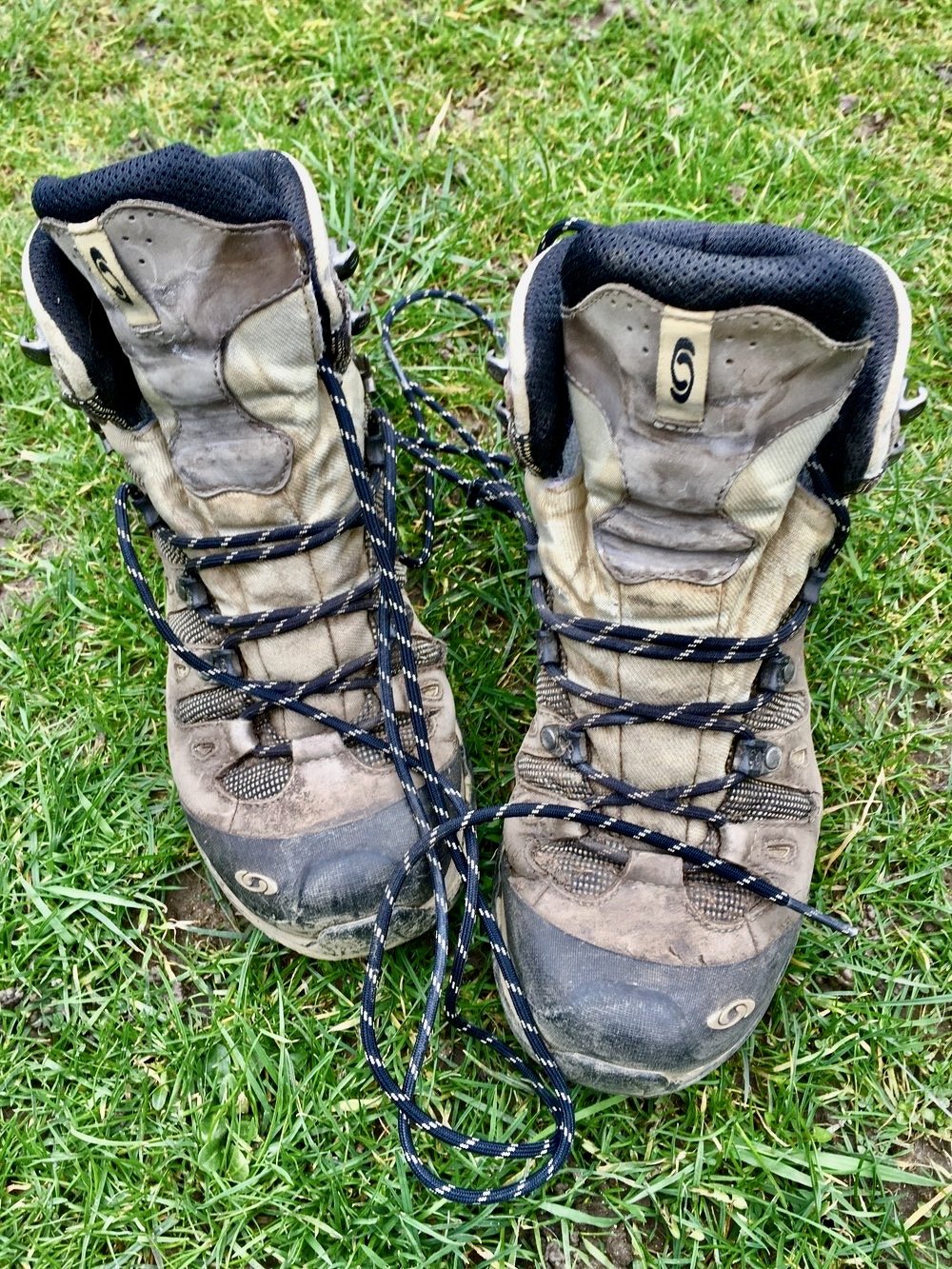What to...? Do with your kit
/In the penultimate blog of this series, I’m going to focus on looking after your walking kit.
Your things are hard earned, expensive, researched, valued and essential, so it pays to look after them when you’re not walking.
Boots : We have quite a few pairs of boots between us and storing them is a little bit of a problem as we don’t want them taking over every available space. Bro has size 12 feet, so his boots are massive and take up a lot of room. I have two pairs of boots I use for what I call my proper walks. At home, I have a lighter, cheaper pair that I abuse by leaving them covered in mud, which I know I shouldn’t, but we walk every day and it’s an occupational hazard in winter. With my ‘proper’ boots, when we come back from the Lakes or Peaks, I always rinse them out with a little soap and warm water and leave them to dry in the garden, then spray them with a deodoriser. I brush all the mud off, check the laces and make sure they’re dry before storing them in a cupboard.
Trekking Poles : Again, when we get home from time away, we wipe our poles down, clean any mud off and store them in a cupboard. We don’t tend to use them on everyday walks, but both have a lighter weight, folding pair for shorter trips when we want to save weight.
Down Jackets & Waterproofs : We have in the past re-proofed our jackets and I have washed down jackets in a special detergent. After wiping them down, drying and airing them thoroughly, they’re stored on hangers in cupboards. Over trousers are scrubbed to get mud off and hung outside to dry, then stored flat in a drawer.
Rucksacks : We do abuse our packs - hurling them down, dumping them in the mud, yanking them open and stuffing wet things in, but we do empty them out, wash them inside, scrub any mud off, make sure they’re dry, check all the straps and store them flat.
Water Bottles, Bladders & Flasks : Bladders are a real pain to clean and we always leave them until last. You can get specific cleaning kits, but we wash ours out with hot water, soak the tubes and mouthpieces in hotter water, dry them with a cloth then store them flat. We check the mouthpieces which we have replaced them a couple of times, as either grime or mould gets embedded in the ridges and grooves. We also recently replaced the bladders themselves as they start to look a bit manky after a while, and ours get stained pink by our berry flavoured electrolyte tablets. Water bottles and flasks are washed in hot water and stored standing up.
Everything else : We have three plastic storage boxes; one larger for those items we don’t use that often, like spikes, a Jetboil, bits of cooking equipment and so on. One smaller box is for the things we use the most and don’t want to rummage in the big box for, and the other smaller box is for our dry bags and bladders to lie flat in. These are stored in a cupboard along with our trekking poles, spare boots, crampons and wetsuits. It all only takes up about one and a half small shelves.
